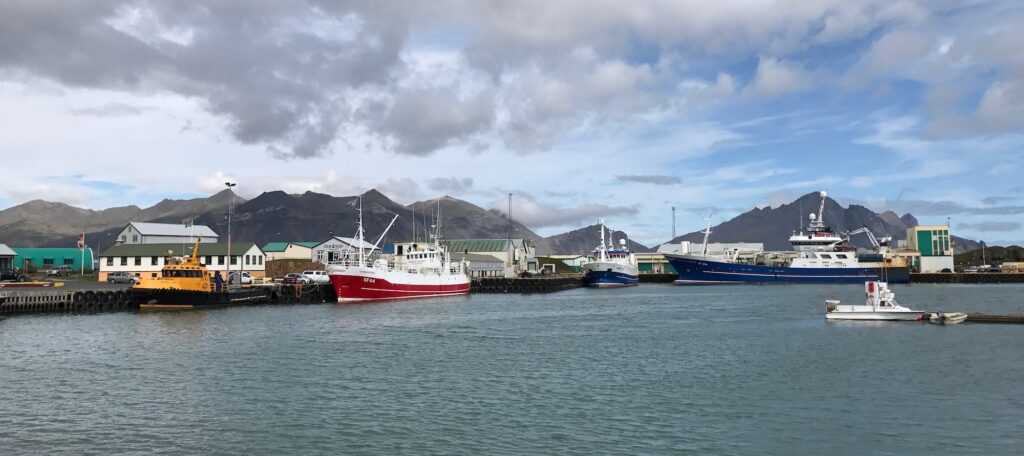About five years ago Iceland’s Directorate of Health conducted a survey to find the happiest place in Iceland. The town that came out on top was an outwardly unremarkable fishing village on the south coast of the Reykjanes Peninsula called Grindavik.
Since then, Grindavik has rocked by continual earthquakes and the threat of lava from fissures erupting in the nearby mountains. In December last year, the eruptions came even closer and on the morning of Sunday January 14, the lava finally arrived, engulfing houses on the periphery of town.
What made Grindavik so happy was its close-knit community, it is a place where people genuinely care about and look out for their neighbours. And this is what makes the village’s potential destruction even more heart-breaking. As local resident, Sveinn Ari Gudjonsson, told Agence France-Presse. “In a little village like this one, we’re like a family, we all know each other as family – it’s tragic seeing this.”

The fishing village of Hofn on the south coast of Iceland
All 3,800 residents were safely evacuated to the capital Reykjavik before the lava hit and could only watch the pictures of their town’s destruction on live television. There must be a fear now that they can never go back.
All the signs are that the eruptions of the last few years are just the beginning of a new phase of volcanic activity on the Reykjanes Peninsula that could last decades, even centuries.
One might ask, surely the residents of Grindavik knew the risks of living near a volcano, after all Iceland is famous of its eruptions. However, the point is, prior to 2020, there had not been any volcanic activity in that particular area for around 800 years.
The residents of Grindavik were not faced with nearly same level of risk as the farmers who lived in the shadow the Eyjafjalljökull volcano, which erupted in 2010, shutting down all air traffic in northern Europe for a about a week. By any standards, the land around Grindavik was relatively stable.
Nevertheless, the people of Grindavik seem to accept the inevitable with the same calm stoicism as the family at Þorvaldseyri, directly under Eyjafjalljökull, who methodically prepared for the 2010 eruption, making sure their animals were safe, and after the ash had settled, set about the process of rebuilding the family farm that had been there for three generations.
As I noted in my earlier post on Þorvaldseyri, Icelanders have a reverence for and a deep connection with the land that dates back to the time of the Sagas. The people are an integral part of the landscape rather than mere observers of it.
If there is any chance that Grindavik can be rebuilt, I am confident that the residents will return. If that proves impossible, I hope the spirit of community that made the town the happiest place in Iceland can be nurtured and rekindled elsewhere in this remarkable and beautiful country.
As Grindavik evacuee, Jon Gauti Dagbjartsson, who had lived in the same house his whole life, told Sky News, “it’s a tough thought to think that this town might be over, and I would have to start all over somewhere else. But if that’s the case, then that’s exactly what we’ll do.”